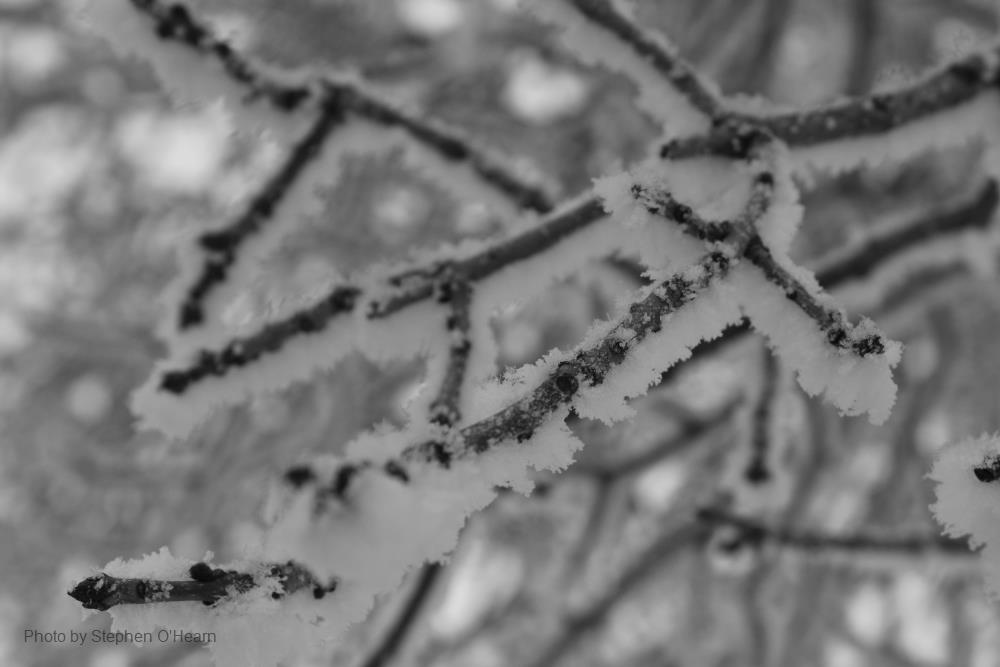
Related items loading ...
Section 1: Publication
Publication Type
Thesis
Authorship
McFarlan, L.
Title
Where's the P in Prairie Potholes? Identifying patterns of phosphorus accumulation in Canadian Prairie wetlands
Year
2021
Publication Outlet
University of Saskatchewan. Supervisors: Angela Bedard-Haughn, Colin Whitfield
DOI
ISBN
ISSN
Citation
McFarlan, L. 2021. Where's the P in Prairie Potholes? Identifying patterns of phosphorus accumulation in Canadian Prairie wetlands. University of Saskatchewan. Supervisors: Angela Bedard-Haughn, Colin Whitfield.
Abstract
Prairie wetlands are in the midst of a disappearing act. The number of Canadian Prairie wetlands has been rapidly declining since the early 1900s largely due to agricultural activities and wetland drainage. The impacts of wetland loss include declining water quality and ecosystem health, in addition to reduced water storage. These negative impacts have spurred an interest in the role that the remaining Prairie wetlands play in nutrient cycling and retention. Research to date has focused on comparing intact wetlands to drained wetlands and assessing differences in nutrient retention, specifically phosphorus (P). Phosphorus is a commonly applied agricultural fertilizer, and an excess or deficit of P can have ecosystem altering effects. Limited research has been done to identify how P concentrations vary in intact Prairie wetlands, and the probable drivers of P concentrations. This gap was addressed by collecting comprehensive data from >140 wetland ponds across the Prairie provinces. These data, along with laboratory-based methods showed that select wetland properties, specifically pondwater alkalinity, pondwater conductivity, sediment clay content (%), and surrounding land-use types (grassland/pasture vs. cropland) are the best predictors for P concentrations in Prairie Pothole Region wetlands. Pondwater alkalinity was the best physicochemical predictor of pondwater P concentrations (total P, dissolved P, and dissolved reactive P) whereas land-use type was the best physiographic predictor of pondwater P concentration, and extractable sediment, and soil P. Sites adjacent to cropland had greater concentrations of P compared to grassland/pasture sites. The differences in P concentrations between land use are likely due to greater fertilizer application in cropland compared to grassland/pasture. This work combines our understanding of P chemistry and the impact of landscape scale processes to identify the key probable drivers in the accumulation of P in Prairie wetlands. This also provides us with a more defined direction for future research, specifically more thoroughly exploring land use influences and ionic composition.
Plain Language Summary
Section 2: Additional Information
Program Affiliations
Project Affiliations
Submitters
Publication Stage
N/A
Theme
Presentation Format
Additional Information
Masters, University of Saskatchewan, Prairie-Water


 GWFNet
GWFNet Master
Master Data
Data Research
Research Map
Map
 Advanced
Advanced Tools
Tools
 . . .
. . .
 Metadata Editor
Metadata Editor
 Record List
Record List
 Alias List Editor
Alias List Editor
 Legacy sites
Legacy sites